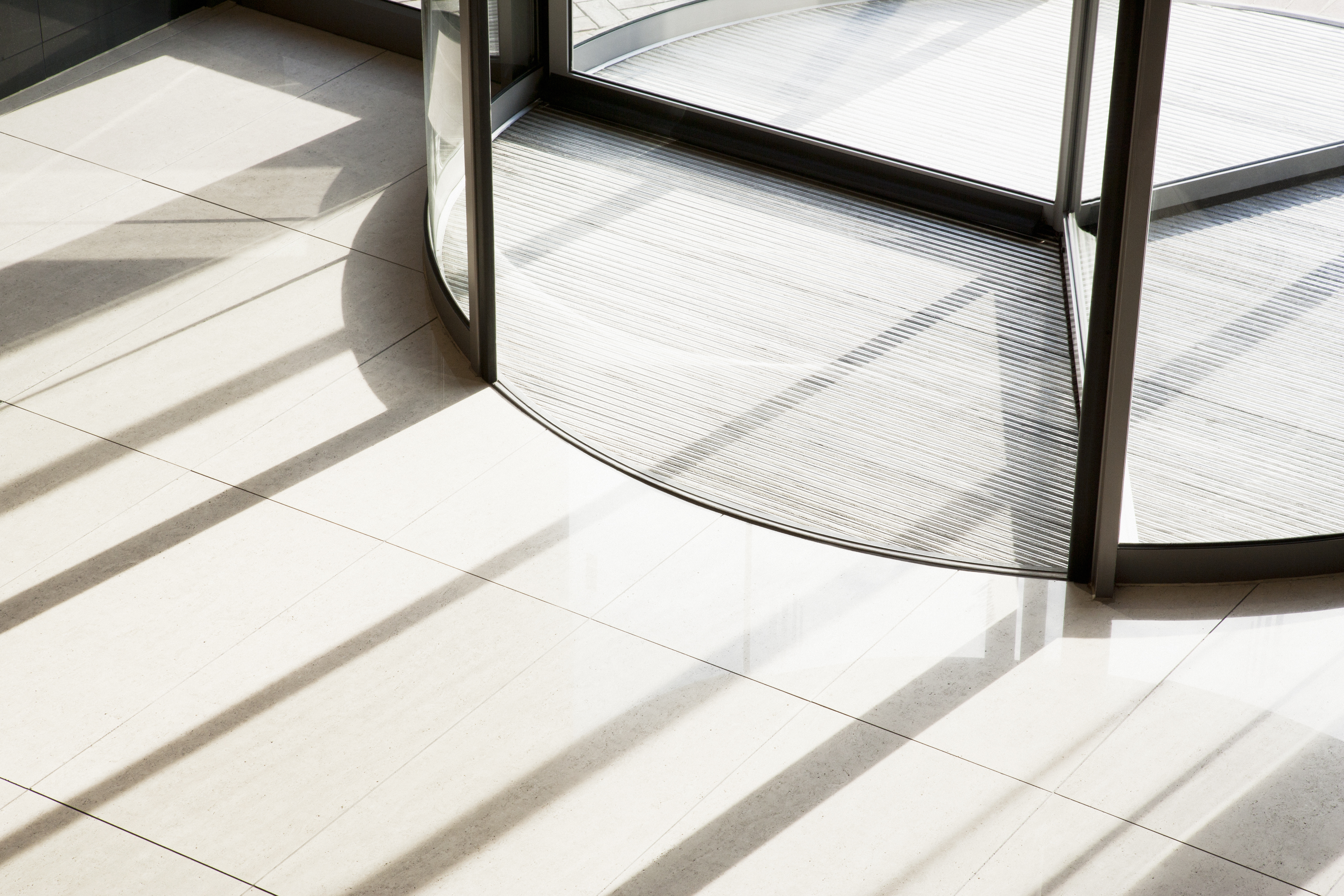A technology leader
3,300+
Technologies, data scientists and real estate expert
$400M
Invested annually in technology
14B+ sq. ft
Space with technology implementations

Our fields of expertise
Contact us about technology solutions services
Unlock the power of our local expertise to transform your real estate challenges into strategic advantages, optimising your portfolio for enhanced value and performance.